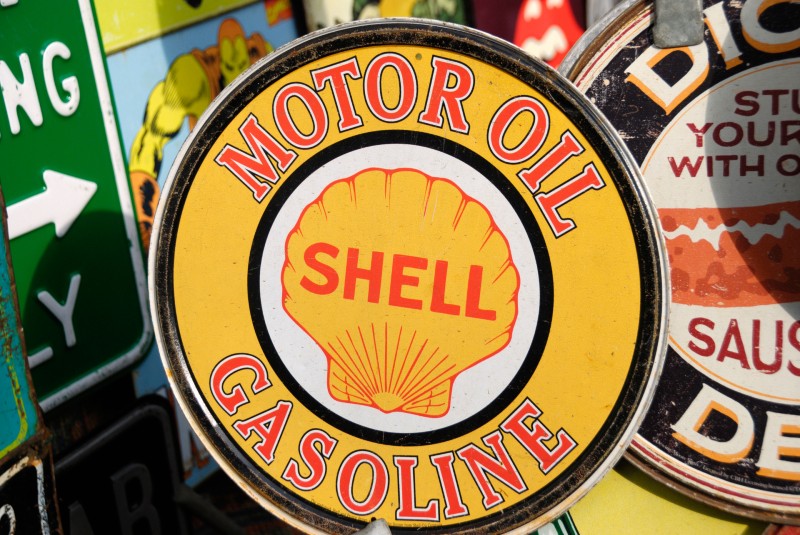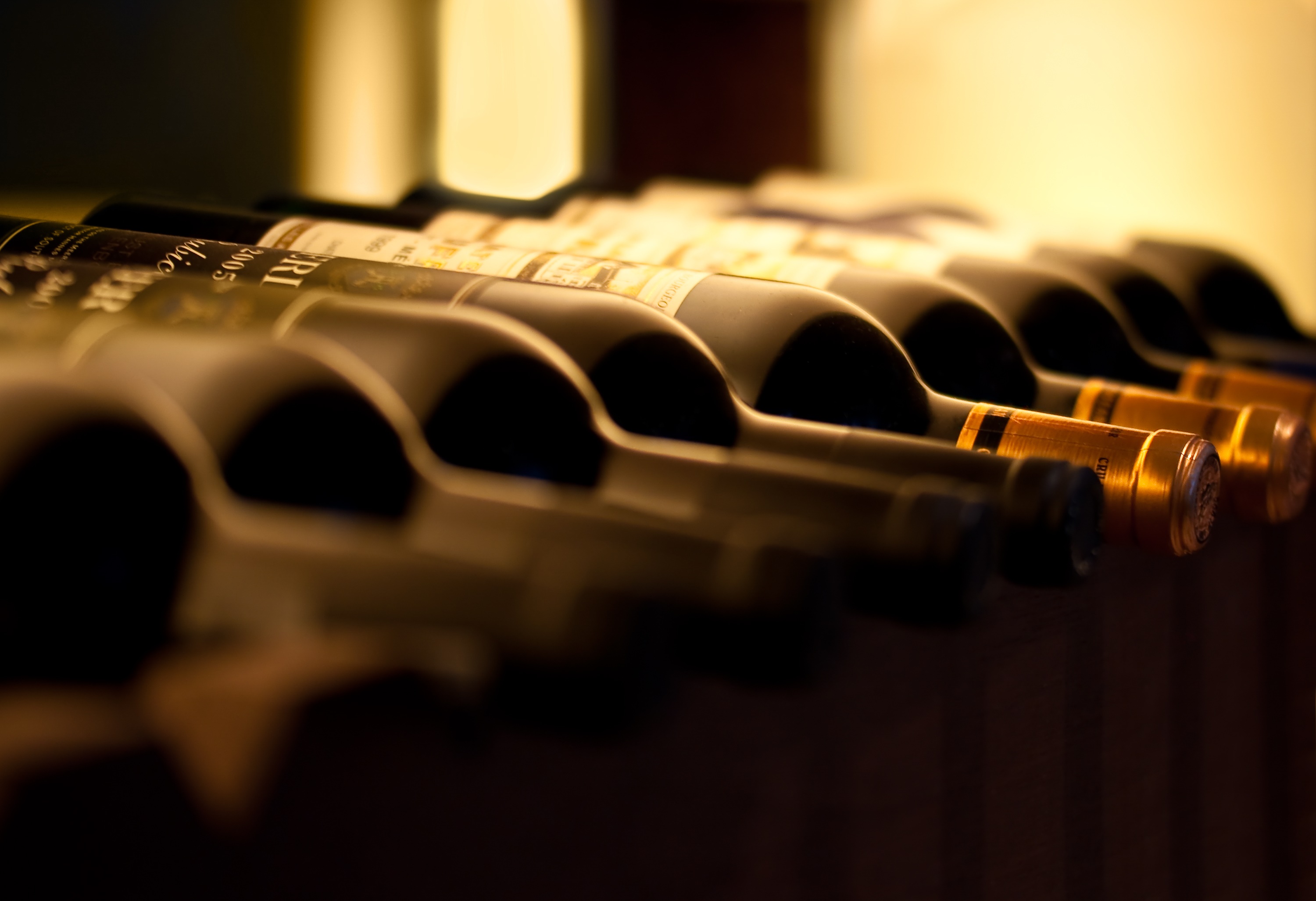Enamel Motoring Signs
How to tell an original from a replica

Once an incidental promotional giveaway, these iconic and colourful enamel signs have become a desirable collectable for motoring enthusiasts. Classic car enthusiasts who want to decorate their garage walls love these signs as they create a nostalgic look which can be tailored to a particular area of interest or car manufacturer.
Vitreous enamelled signs started to be found in common use from about 1880 and are still in use today, street and public transport signs probably being the most obvious and widely used. The qualities of these signs were their low maintenance, the colour-fastness of the enamelling and also that they were 'vandal-proof' - all qualities which have never been bettered by any other material.
The enamelling process
Another important factor in the value of enamel signs is the enamelling process itself. The process begins with a basecoat - onto which screen printing is applied. Each time a new colour is applied to the basecoat the sign has to be 'fired' - therefore, for early signs, the more colours you see on a sign the more costly it would have been to produce. Signs with a larger number of colours are generally more collectable than signs with just 2 colours.
Condition & restoration
While the condition is very important, collectors are tolerant of damage around the edge of the sign or where it was screwed to a wall. As long as the main image is in reasonable order there is a good chance the sign will have value.
It is almost impossible to restore a vintage sign. However, when buying a sign it is important to check the enamelling has not been tampered with in any attempt at restoration. Whilst a fine grinding wheel and a well-matched enamel paint can make a damaged sign look very respectable, it will never have the same value as an unrestored example.
Most desirable enamel signs
Vintage enamel signs from the first half of the 20th century hold a special charm which is hard to reproduce even with modern production techniques; signs from this era are favoured by collectors and as such tend to be the most valuable. Collectors will look at the gauge of the steel used - a heavy plate, which might have been shaped, is an indicator that the sign might be from the earlier production period. The thickness of the enamel is also an important indicator of age; earlier signs tended to have a thicker enamel coat, later signs tend to have only a thin coat which can reduce the character of the sign somewhat.
There are many reproduction signs on the market, but compared to the originals these hold little interest for serious collectors. Reproduction signs are generally on thinner metal with 'photo-print' images rather than a proper enamelling process - the prints even replicate damage to make the signs look authentic. While these signs are very decorative and have their place, don't be fooled into thinking they are original.
If you are lucky there might be a small stencil mark on the edge of the sign giving the makers name.
Desirable enable motoring signs were produced for Shell, BP, RAC, the AA, Cleveland, Castrol, Champion, Dunlop, Esso, India, KLG, Michelin, Rolls Royce, Bently, Morris, Pratt's, National Benzole - and many more.
Enamel motoring signs in our auctions
Enamel motoring signs feature in our Automobilia & Transport auctions, held 4 times each year. If you have any enamel signs you are considering selling please get in touch with us for expert advice and a free appraisal.
